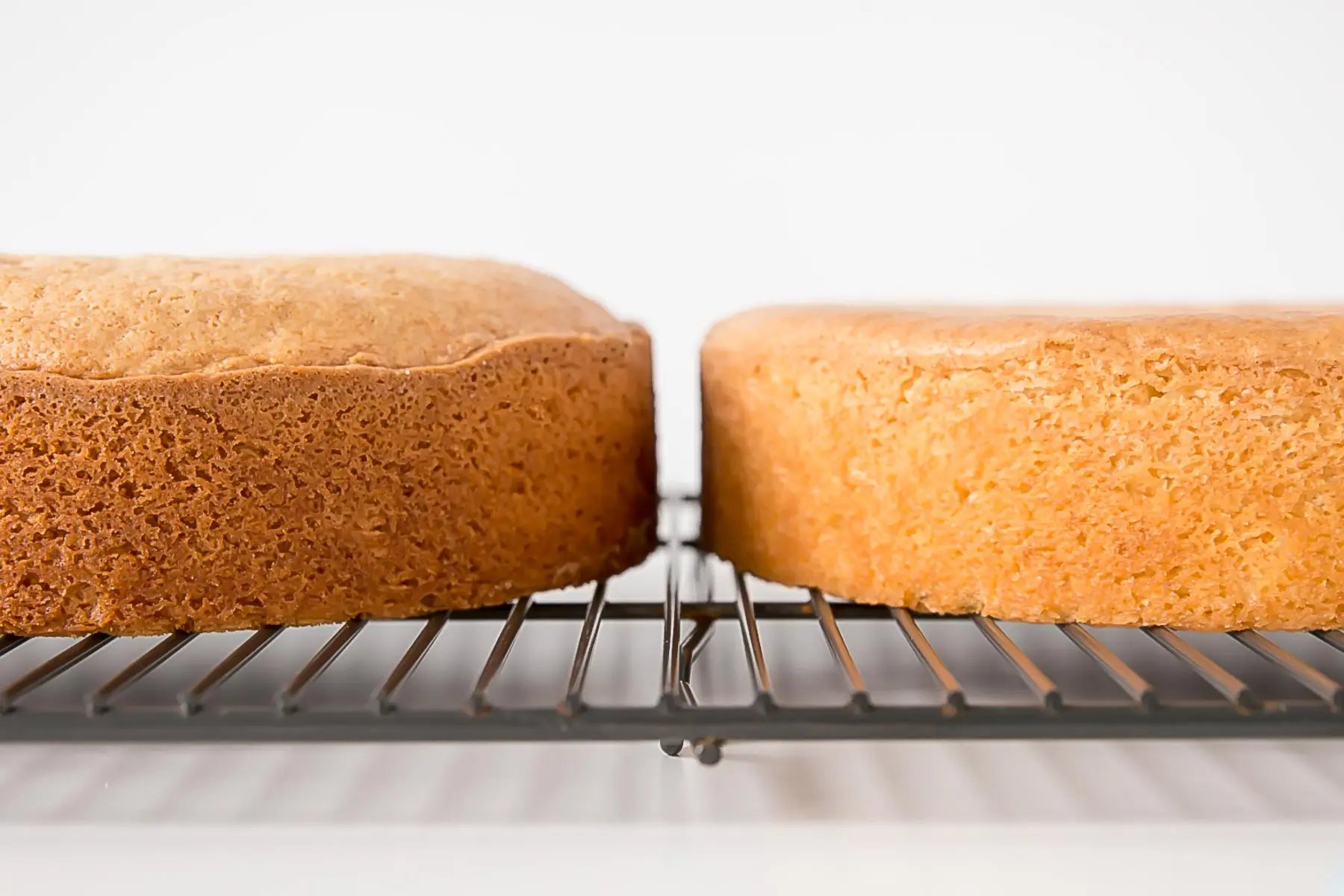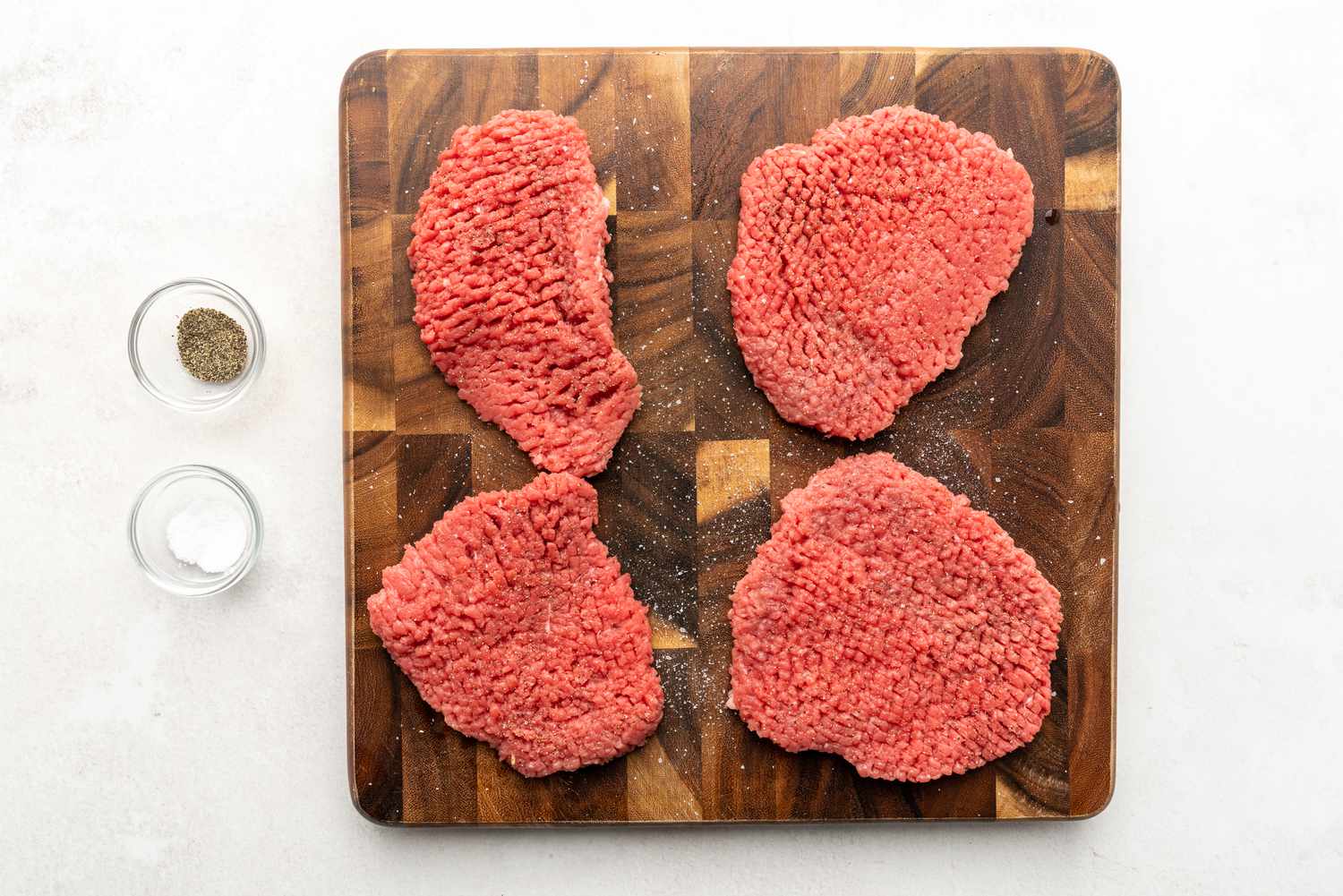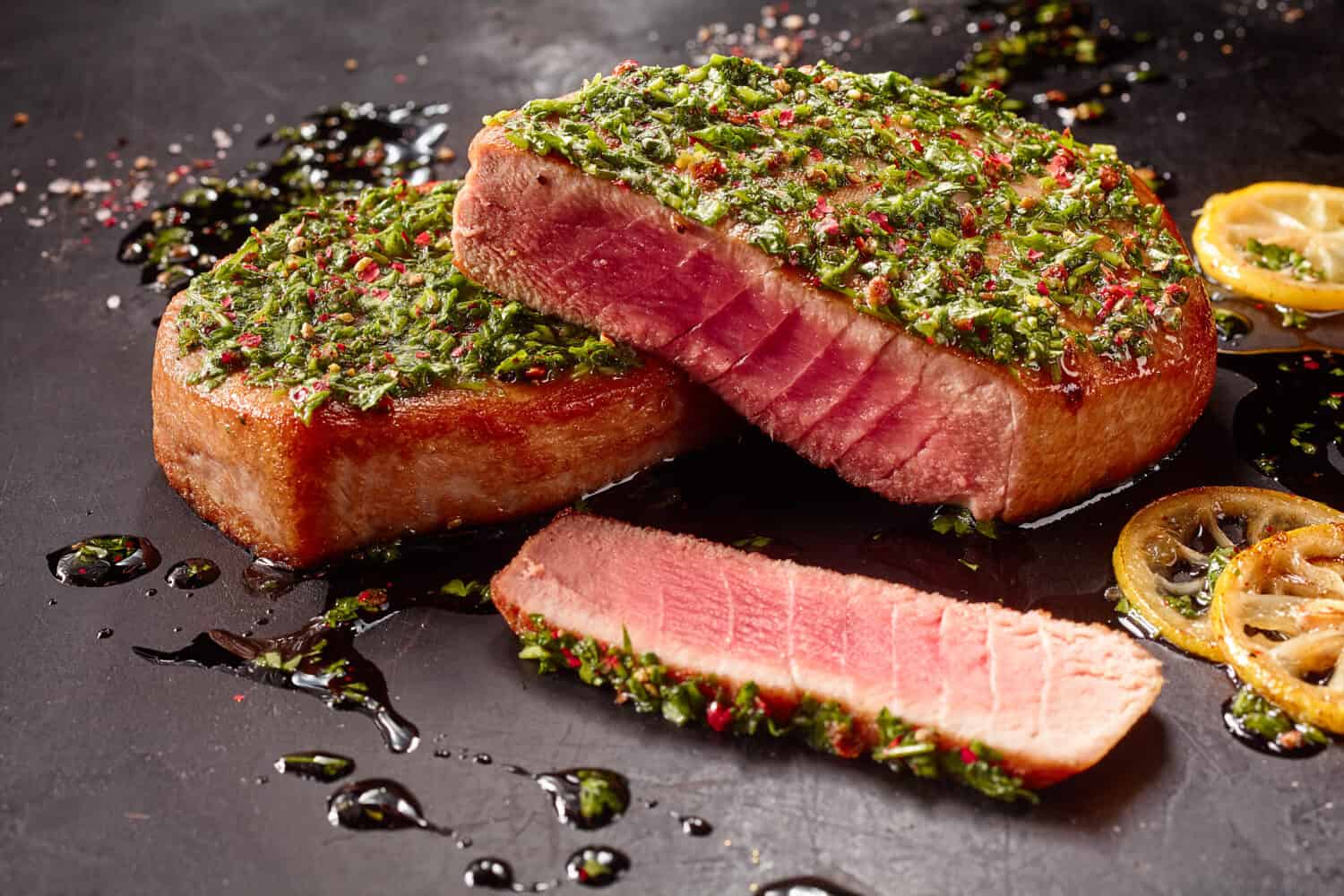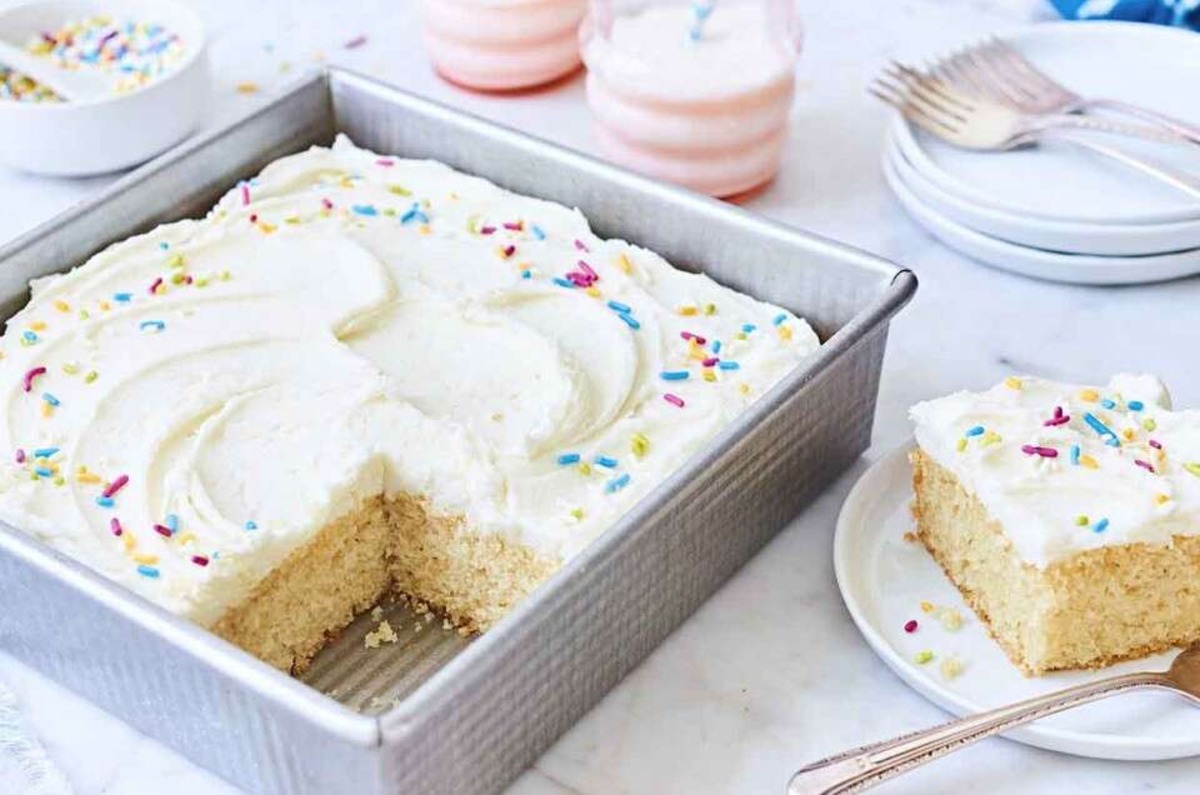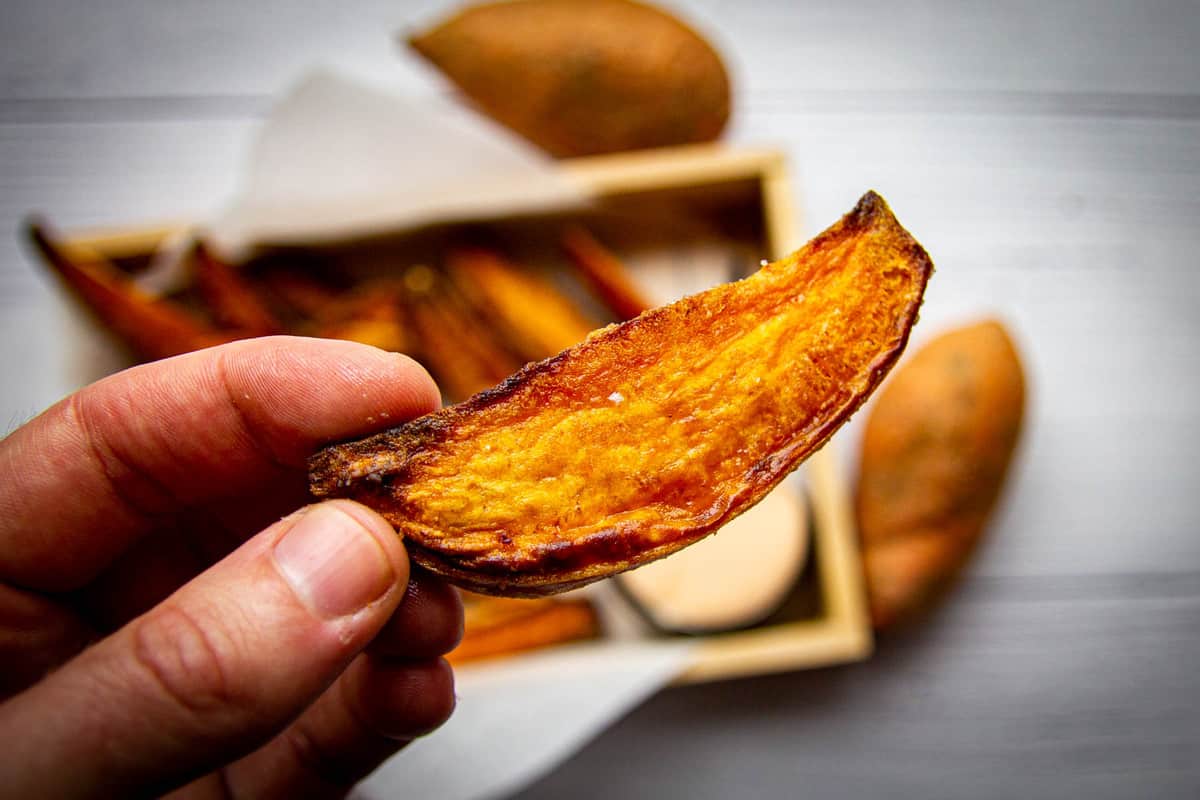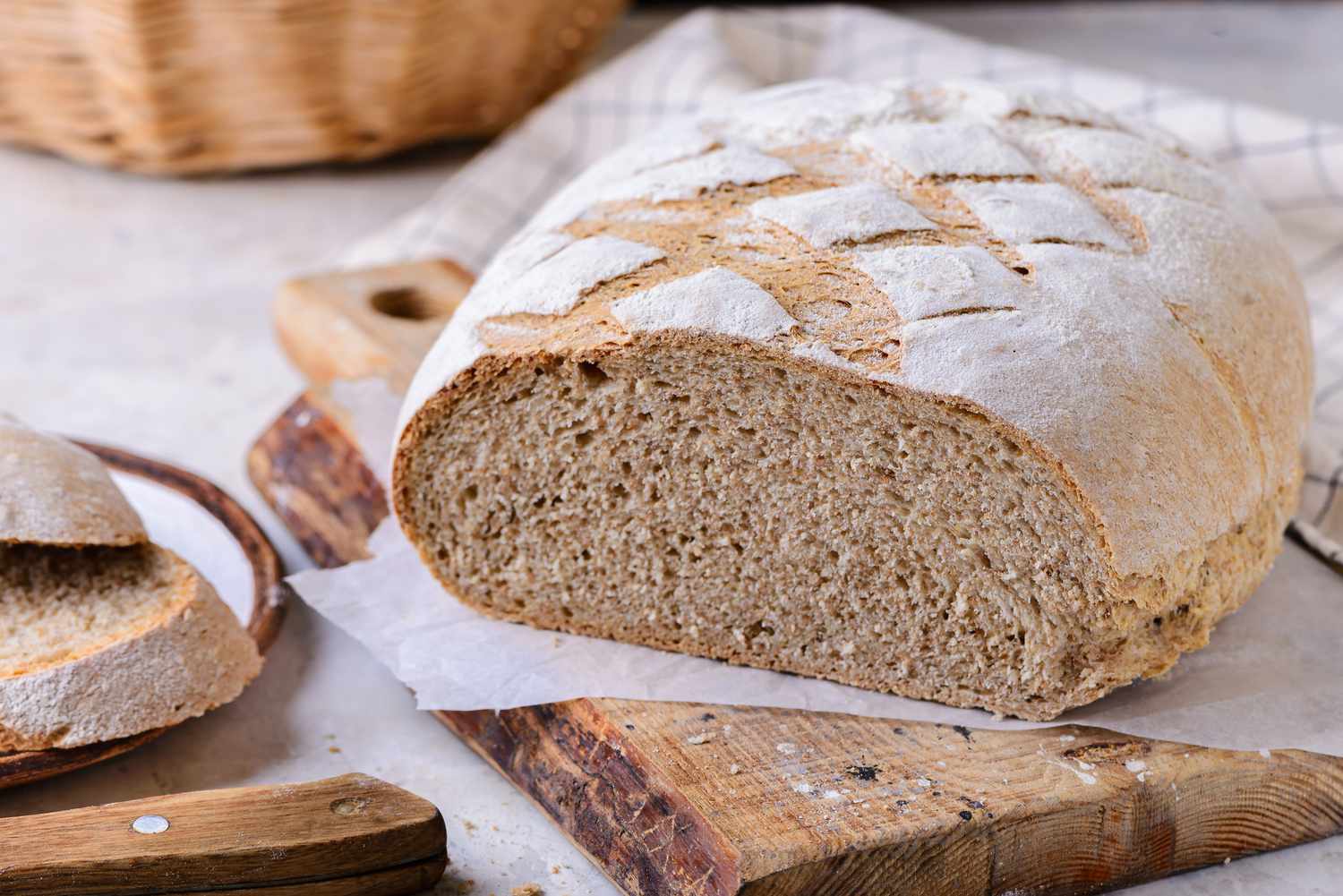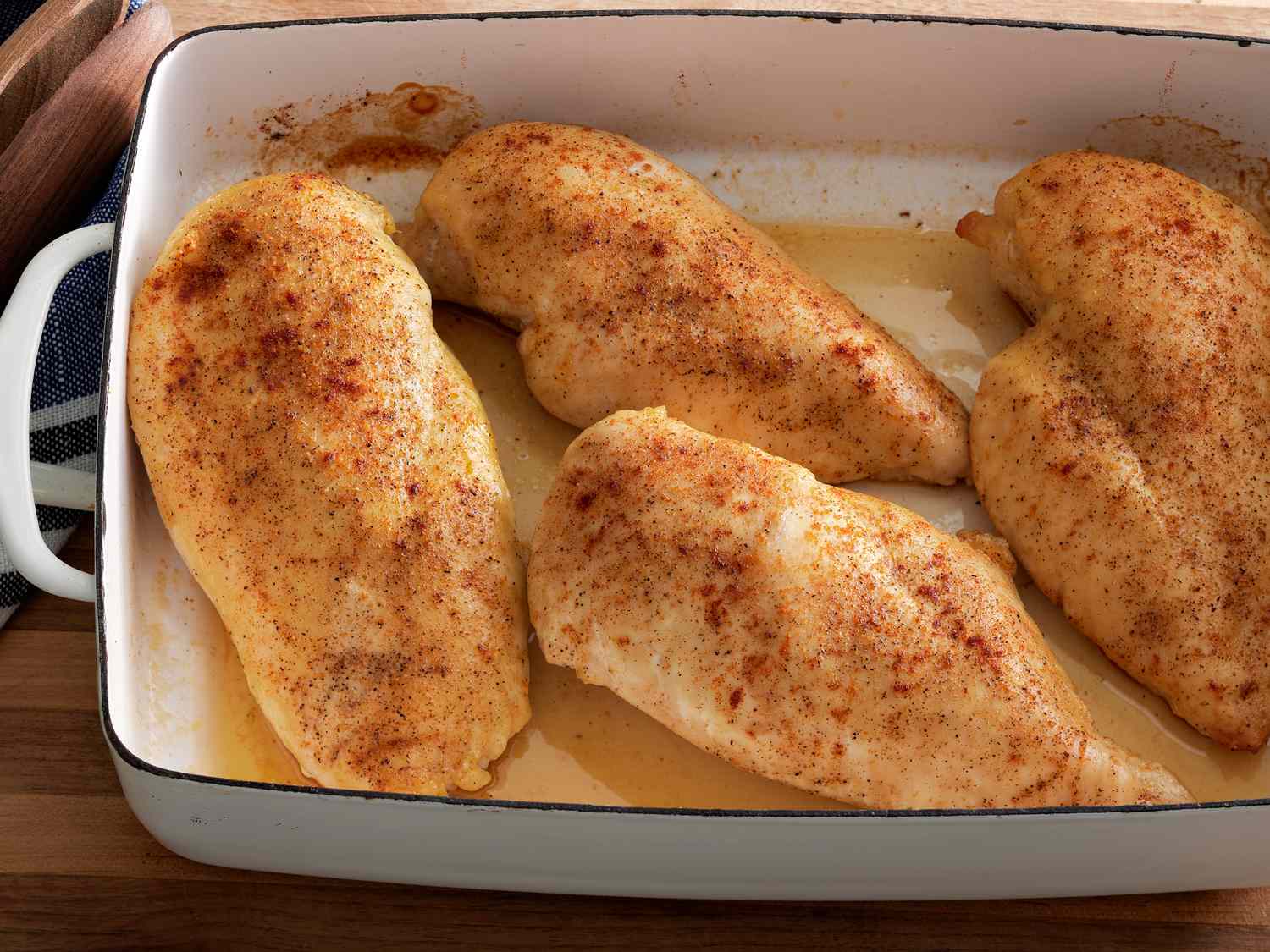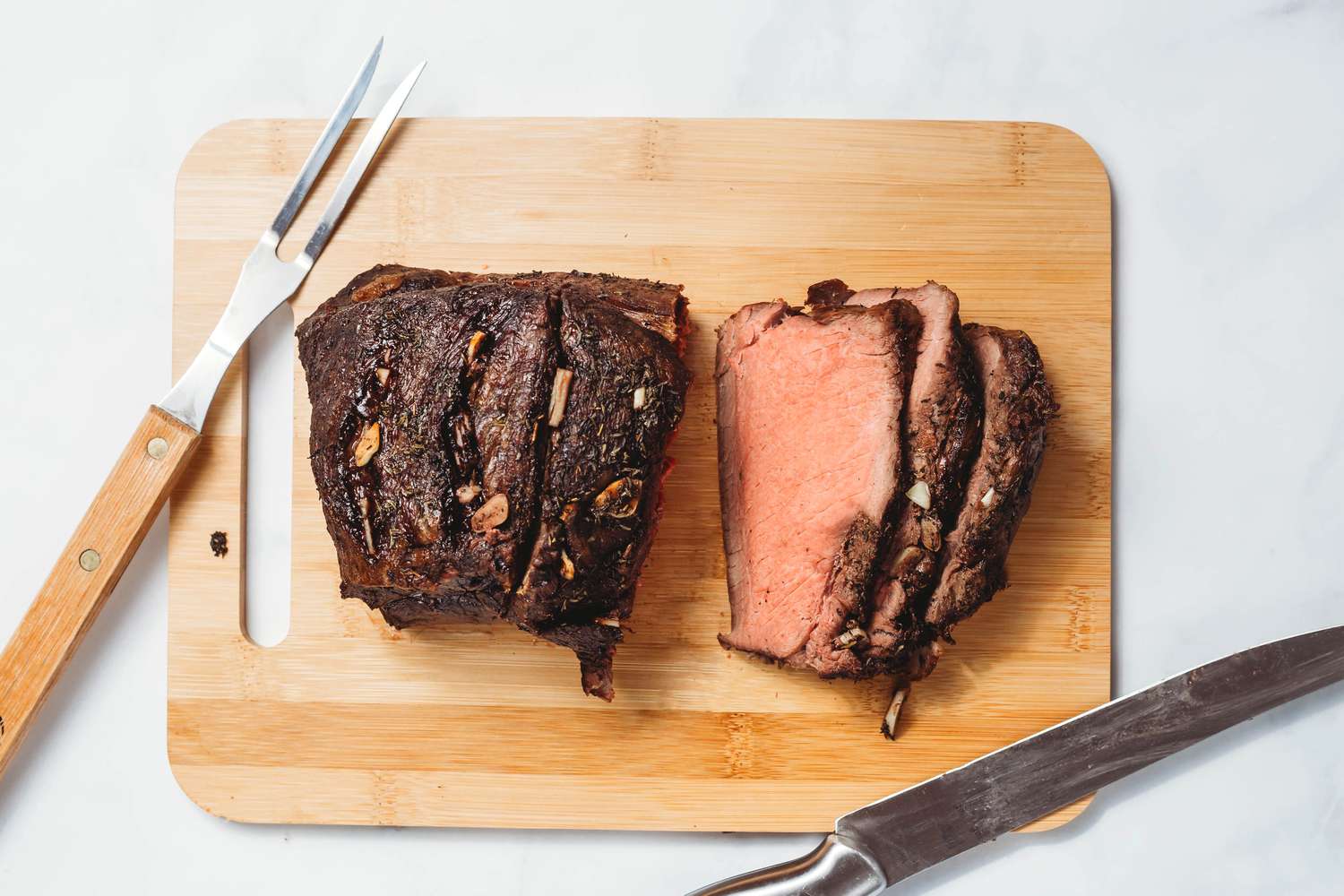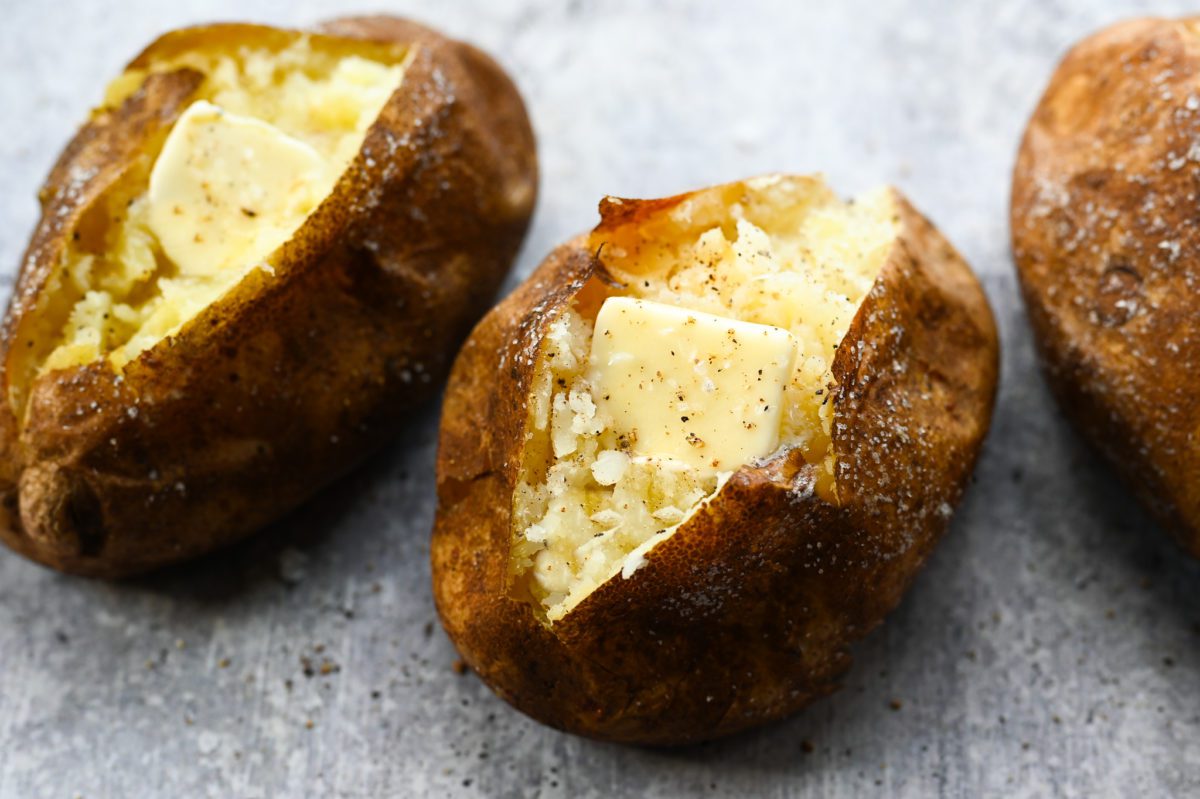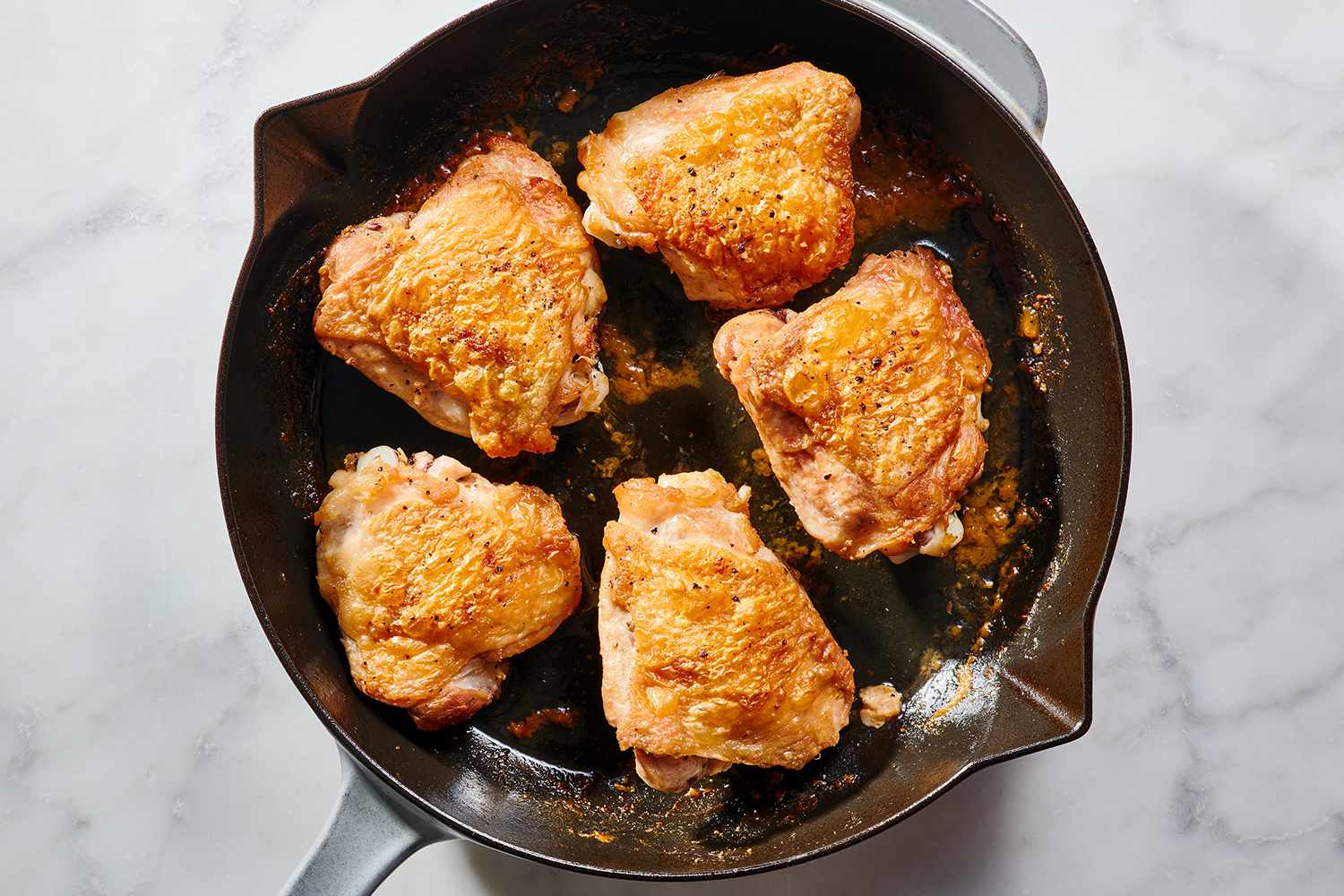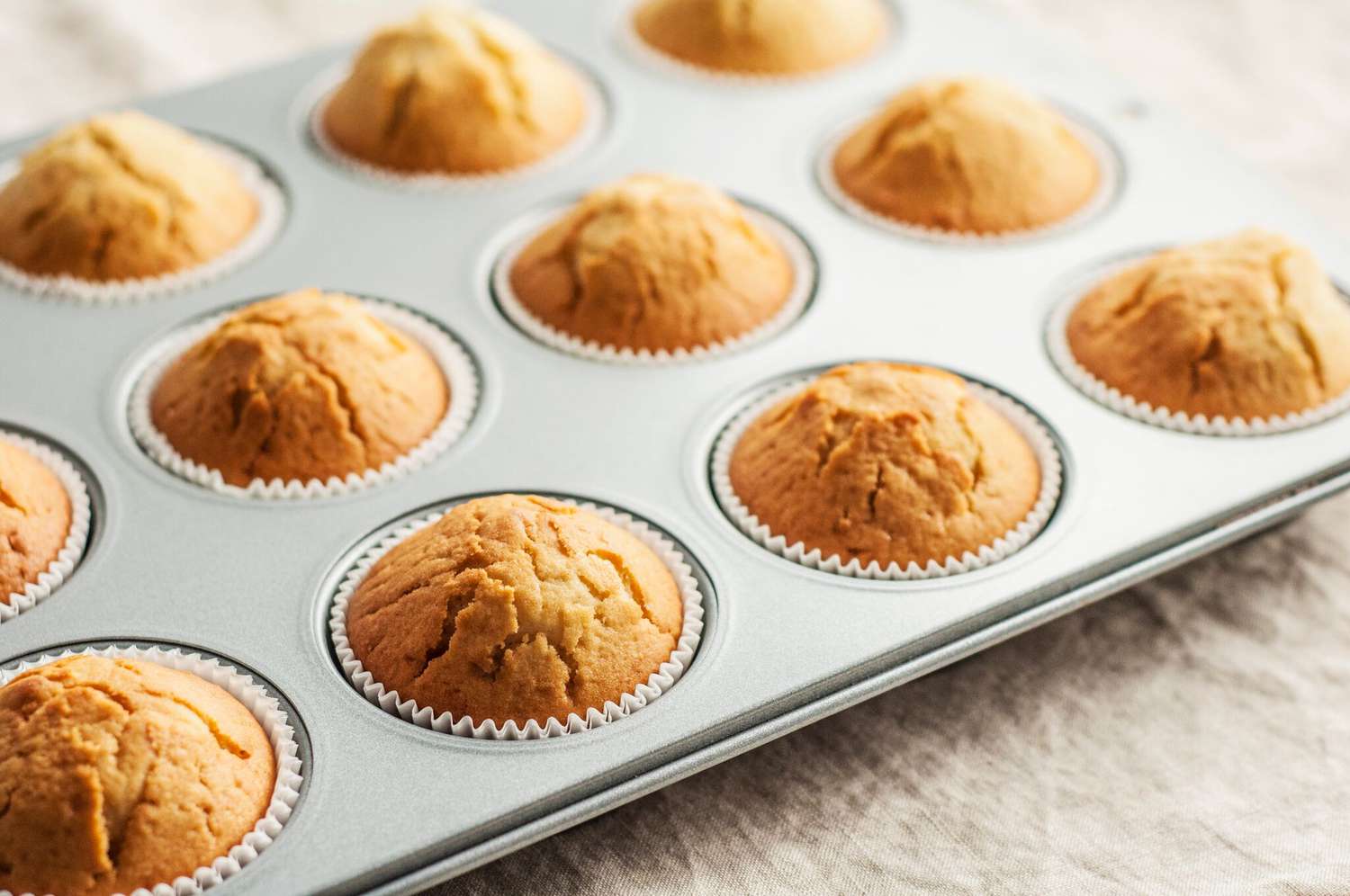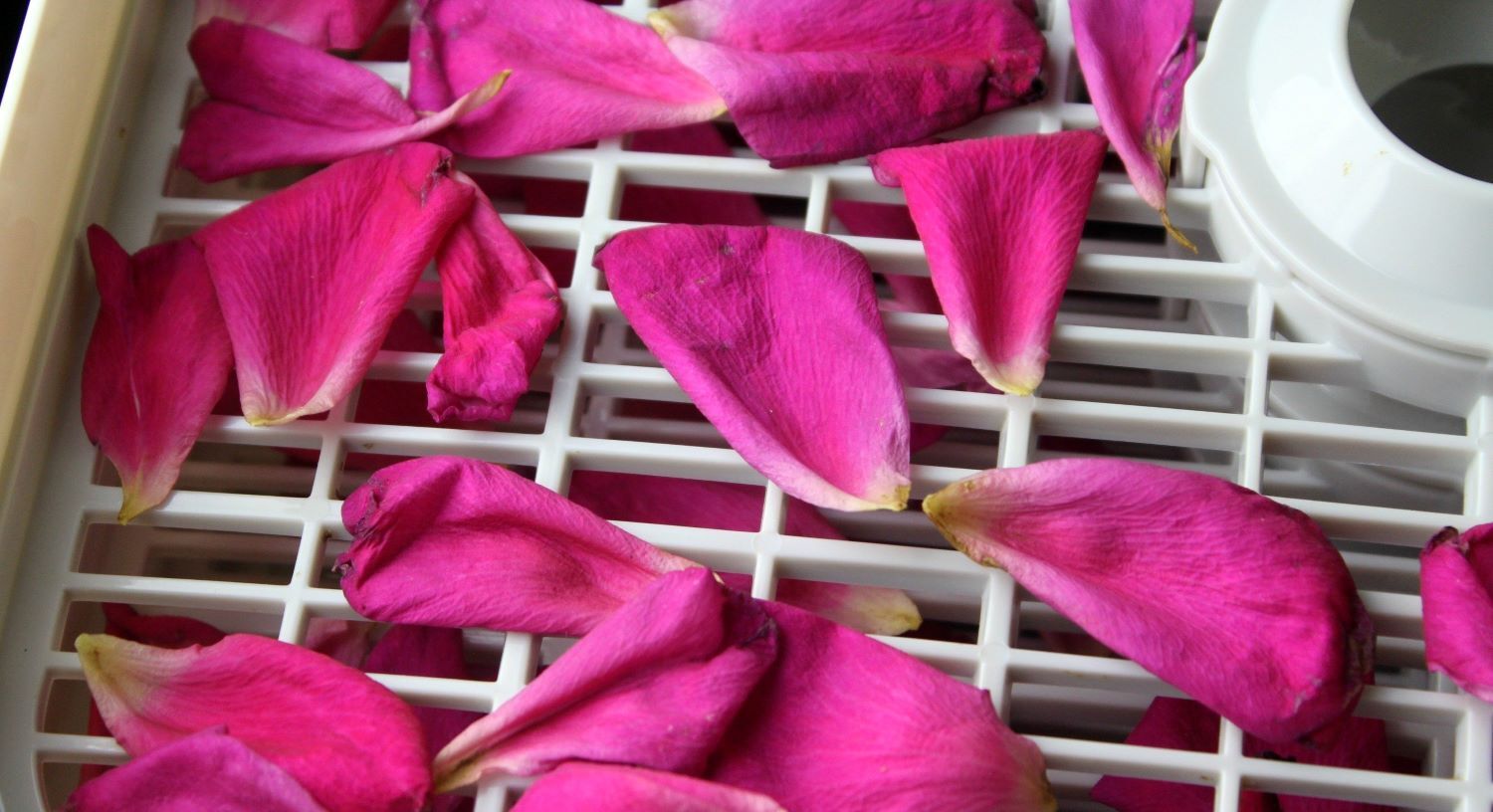Different Flour Types and Uses: Flour 101
Flour is a staple ingredient in countless recipes, and understanding the different types of flour and their uses can greatly enhance your culinary skills. From all-purpose flour to specialty flours, each variety offers unique properties that contribute to the texture, flavor, and overall success of your baked goods. In this Flour 101 guide, we will explore the most common types of flour and how to best incorporate them into your cooking and baking adventures.
1. All-Purpose Flour:
All-purpose flour is the most versatile flour and can be used for a wide range of recipes. It is made from a blend of hard wheat and soft wheat, resulting in a moderate protein content that helps provide structure to baked goods. All-purpose flour is ideal for cake, cookies, muffins, and pie crusts.
2. Whole Wheat Flour:
Whole wheat flour is milled from the entire wheat kernel, which includes the bran, germ, and endosperm. It contains more fiber, nutrients, and a deeper flavor compared to refined flours. Whole wheat flour is perfect for whole grain bread, pancakes, and muffins.
3. Bread Flour:
Bread flour has a higher protein content than all-purpose flour, typically around 12-14%. This extra protein creates a stronger gluten network, resulting in a chewy texture and good rise. It is ideal for bread, pizza dough, bagels, and other yeast-based recipes.
4. Cake Flour:
Cake flour has a lower protein content than all-purpose flour, around 6-8%. This low protein content allows for a tender crumb and delicate texture in cakes and pastries. Cake flour is ideal for light and fluffy cakes, cupcakes, and cookies.
5. Self-Rising Flour:
Self-rising flour is a convenient option as it is pre-mixed with baking powder and salt. It is typically made from all-purpose flour and is suitable for recipes that require these ingredients. Self-rising flour is commonly used in biscuits, pancakes, and quick bread recipes.
6. Gluten-Free Flour:
Gluten-free flour is a blend of alternative grains, such as rice flour, almond flour, or sorghum flour. These flours lack gluten, making them perfect for those with gluten intolerances or celiac disease. Gluten-free flour can be used in various recipes, including bread, pancakes, and cookies.
7. Specialty Flours:
Specialty flours are uniquely crafted to cater to specific baking needs and provide distinct flavors. Examples include rye flour, cornmeal, coconut flour, and almond flour. These flours can add depth and character to your recipes, such as rye bread or cornbread.
8. Nutritional Considerations:
When choosing flour for your recipes, consider the nutritional aspects. Whole grain flours retain the bran and germ, offering more fiber, vitamins, and minerals. However, it’s important to find the right balance between taste and nutrition.
Experiment and Enjoy:
Now that you have familiarized yourself with the different types of flour and their uses, it’s time to embark on your culinary journey. Don’t be afraid to experiment with different flours and recipes to discover new flavors and textures. With Flour 101 as your guide, you’ll be well-equipped to create tantalizing baked goods that will leave everyone asking for seconds!
Remember: Each flour type has unique properties that contribute to the success of your recipes. Have fun and happy baking!
